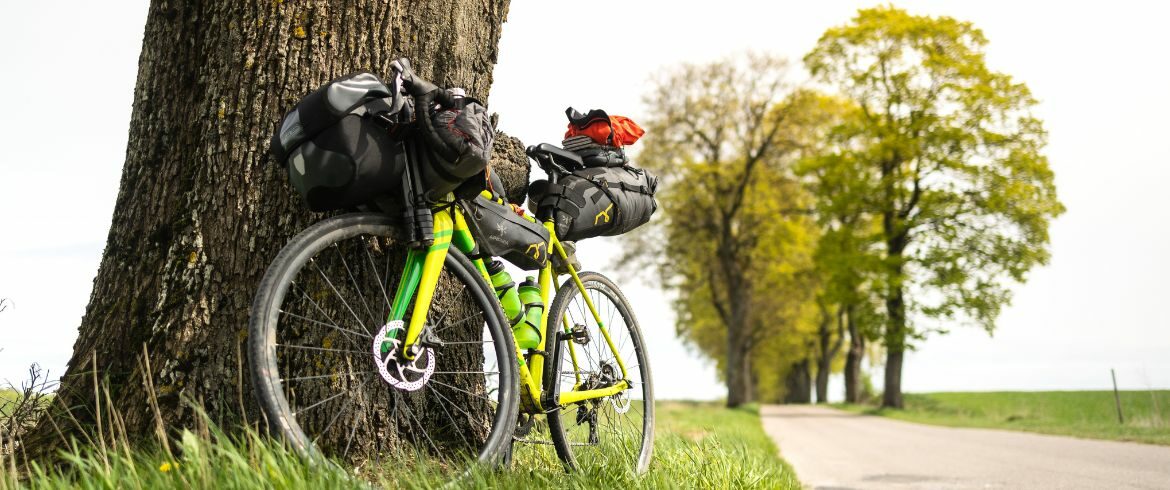Sustainable travel has become a clear priority for many individuals who value responsible choices. The growing availability of tools and platforms now allows travellers to make decisions that reduce waste, save resources, and protect the environment. Digital options support these goals without sacrificing convenience. With a bit of organisation and the right apps, it’s possible to plan a trip that’s both enjoyable and considerate of the planet.
Smart Trip Planning Begins at Home
Early research plays a big part in shaping a more sustainable trip. Choosing destinations that actively support eco-tourism helps align personal values with real-world impact. Many regions have environmental policies in place that promote conservation and support for local communities. Checking government tourism websites or independent ethical travel guides helps identify these locations before making any bookings.
Reading reviews and digging deeper into a destination’s approach to energy, waste, and tourism management can provide useful insight. Focusing on places that value natural preservation often results in richer travel experiences that contribute positively to the location.

Choosing Greener Accommodation Through Online Platforms
Booking with providers that have verifiable environmental commitments makes a difference. There are websites that make it easier to compare accommodations that use renewable energy, source local food, and minimise plastic usage. Online filters allow users to narrow down results to properties with specific eco-standards.
It’s also a good idea to check whether a property holds any eco-certifications or is involved in sustainable tourism partnerships. Reading reviews on trusted platforms often reveals how well a property delivers on its environmental promises.

Replacing Paper With Digital Itineraries
Carrying physical tickets, confirmations, and brochures is unnecessary when everything can be stored on a device. Travel apps and cloud storage systems provide secure, quick access to important information without the need for printouts. This helps reduce waste while keeping plans flexible and easy to update.
Calendar apps, online checklists, and cloud folders work together to keep documents safe and accessible. Many travellers rely on digital boarding passes, QR code tickets, and hotel apps that replace printed confirmations.

Editing and Reusing Travel Documents Without Printing
Documents such as booking confirmations, waiver forms, or schedules are often sent as PDFs. These files sometimes need slight adjustments. For instance, travellers may want to add notes or translate text for easier reference. Using the Adobe PDF to Word converter allows users to make changes quickly without printing anything. The tool supports accurate formatting, so the file remains clean and readable. It also works online, making it easy to use from anywhere.
Using a digital converter avoids unnecessary waste and gives travellers flexibility over how they manage their documents. This is especially helpful for longer trips or group travel, where multiple edits might be required.
Packing Lighter With the Help of Digital Lists
Carrying fewer items results in lower fuel consumption when flying or driving. Many people overpack because they plan without structure. Packing apps and digital lists offer templates that keep things simple and avoid duplicate or non-essential items.
Before leaving, travellers can use online checklists that prioritise multi-use items and environmentally friendly alternatives. Once saved, these lists can be reused or shared. It’s also useful to scan physical items like IDs or health documents and store copies in a cloud folder as a backup.

Navigation Without Printed Maps
Navigation apps are reliable alternatives to paper maps, helping users get around efficiently. These tools often include walking and cycling routes, helping travellers reduce their reliance on cars or taxis. Some even show public transport options and ride-sharing availability in real time.
Downloading maps for offline use avoids the need for printed copies while ensuring guidance is available during spotty signal areas. Digital maps also help users locate refill stations for water bottles, eco-friendly eateries, or local produce markets.

Tracking Your Impact With Carbon Calculators
Many digital platforms now offer tools to estimate the environmental impact of travel choices. These calculators show how different methods of transport compare in terms of emissions. Seeing the numbers helps travellers choose flights with lower impact or switch to trains or coaches when practical.
Some tools also offer tips for reducing emissions, such as travelling during off-peak hours, using direct routes, or packing lighter. These platforms can also suggest carbon offset options, giving users the chance to balance out their footprint more responsibly.
Staying Connected Sustainably
Planning group trips, staying in touch with hosts, and sharing schedules are all easier through messaging apps and shared calendars. There’s no need to print emails or write down timetables when everything is stored digitally. These tools make it easier to adjust plans and keep everyone informed.
Shared folders, editable documents, and cloud storage allow for collaboration without generating paper waste. It’s particularly helpful when coordinating activities with people in different locations or time zones.
Encouraging Others Through Digital Sharing
Eco-conscious travellers can encourage positive habits by sharing their tips and experiences online. Posting blogs, videos, or photo journals of sustainable stays can motivate others to choose greener options without pushing an agenda. Creating downloadable guides or checklists as PDFs allows followers to benefit from the experience without consuming physical resources.
Many platforms support digital publishing at no cost, meaning ideas can be shared freely and widely. This helps build a community of travellers who prioritise responsibility and respect for the places they visit.

Make Greener Travel Your New Standard
Digital tools offer practical ways to reduce waste, save time, and travel responsibly. Taking the time to explore and use these resources can transform the planning experience, making it more efficient and more mindful. Eco-friendly travel doesn’t require perfection—it just takes consistent, conscious effort.
Start Planning Sustainably With Tools That Work for You
A few simple shifts can reduce your environmental footprint without sacrificing comfort or convenience. Use platforms that promote eco-certified stays, keep your travel documents digital, and take advantage of tools that support flexible planning. From packing apps to carbon trackers, there’s no shortage of support for those looking to travel better. Try out a few of the resources mentioned, and see how easy it becomes to organise a trip that’s lighter on the planet and easier on you.




